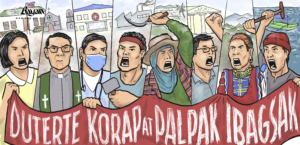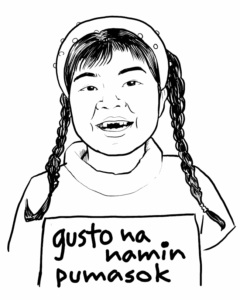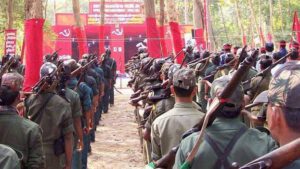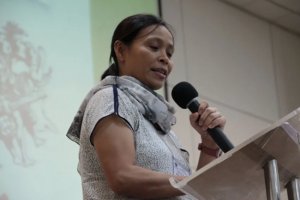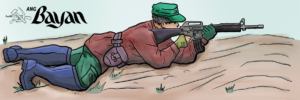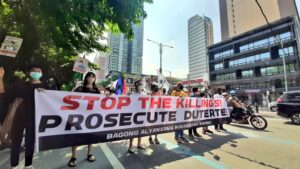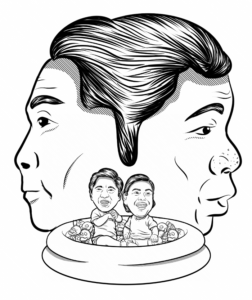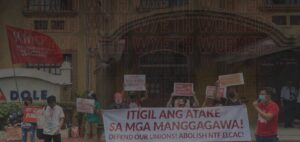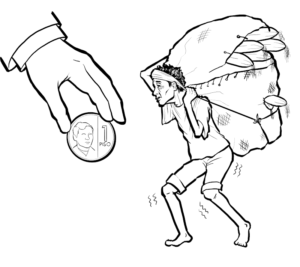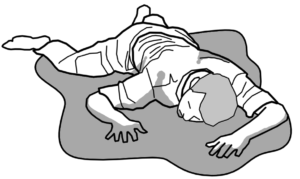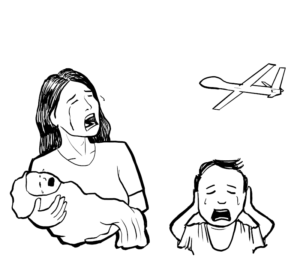Backbreaking corn production

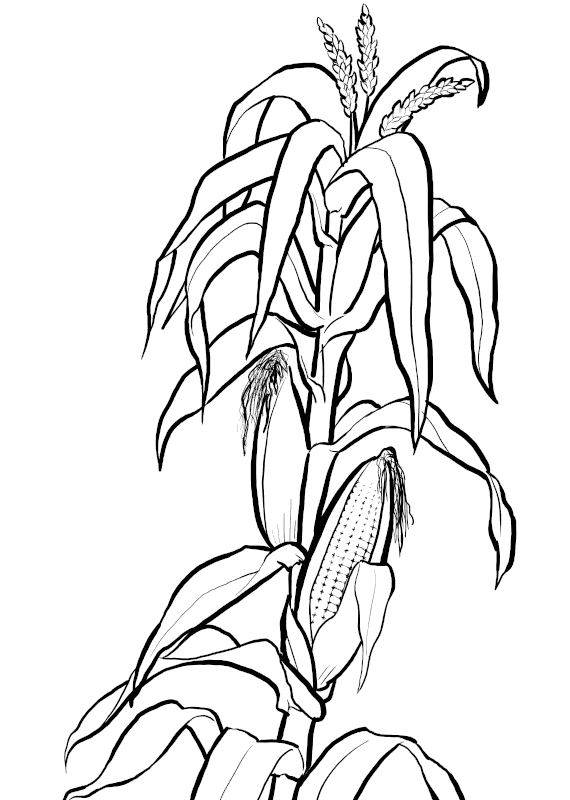
Roger is 32-years old and one of nine siblings who own corn farms in the island of Negros. Seven of them live under one roof and work together in their cornfields. They own a total of 12 hectares of farmlands, a fourth of which is dedicated to the production of white corn for family consumption. The larger part of their farmlands is dedicated to the production of other crops which they sell to raise income and sustain other basic needs. Their farmlands are located in different parts of an isolated community which can only be reached by horse.
Corn production is backbreaking, from land preparation to corn milling. Roger and his siblings work six days a week in their cornfields. They spend around two and a half weeks in clearing their fields, a day or two in plowing, a day in planting, and a week in waiting. This is equivalent to around 30 days of backbreaking labor every cropping cycle. They regularly start work at 7 a.m. and end at 4 p.m.
They are able to harvest thrice a year. Typically, they are able to plant two to three gatangs (1 gatang or equivalent to approximately 2.25 kilos) of corn per cropping season in two separate parcels of land. The ears of corn which they plant are locally sourced and do not require fertilizers, pesticides and herbicides. Their only means of production are their carabao and plough.
On average, they are able to produce 34 sacks of corn every year. They manually use these stones and are able to produce approximately 17 sacks of corn grits. This is only enough for their consumption. They do not bother to have their produce milled in the town center as this will require them to travel for one day, and spend ₱500 for transportation.
Rogers’ family consumes around three sacks and 15 gatangs (33.75 kilo) of corn grits each month. On top of this, they have to raise ₱2,400 monthly for other basic needs by selling cash crops. They can barely make ends meet and survive only on dried fish, especially amid the pandemic when the farmgate price has dropped while the prices of basic commodities continue to increase. They were not able to receive any form of aid during the period. They said that they are further burdened by largescale military operations in their community because soldiers prohibit residents from working in their farms.

